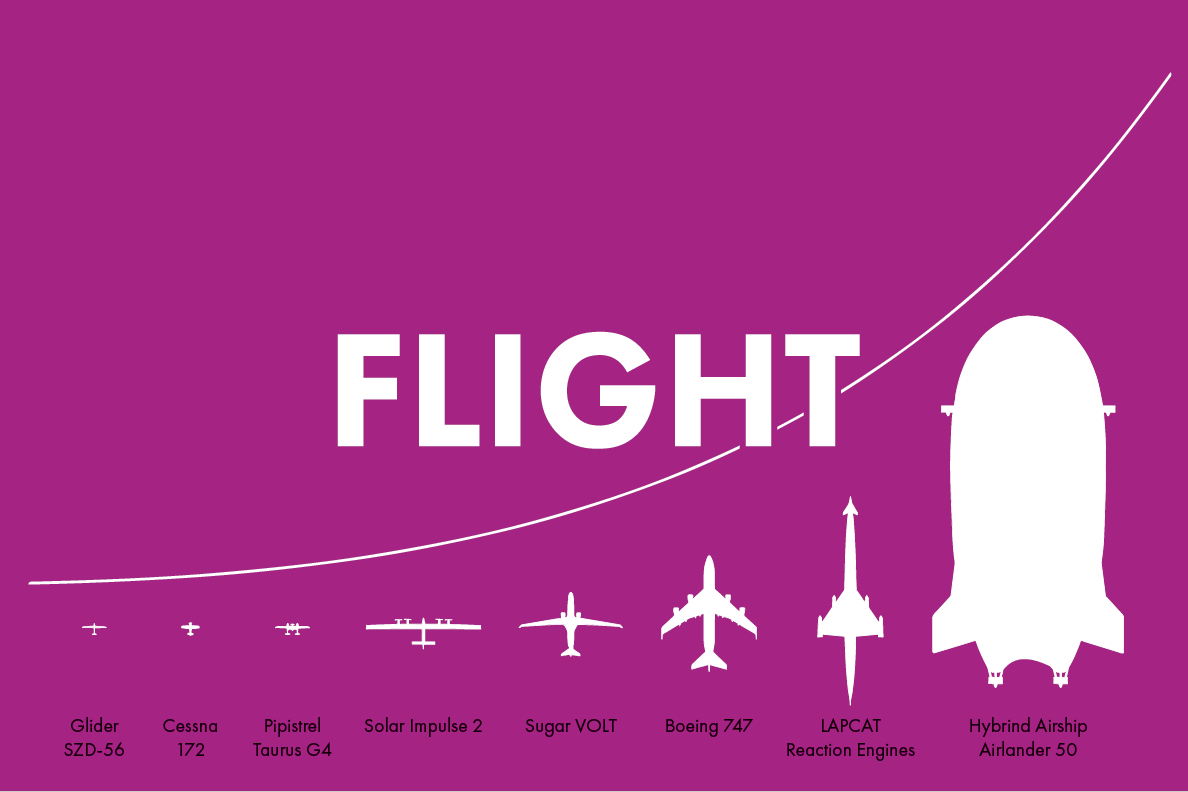Flight was not selected by the public vote to be the focus of Longitude Prize.
There are other exciting and innovative projects and prizes that are taking place in this area. Below are links to some of these.

The flight problem
If aircraft carbon emissions continue to rise they could contribute up to 15 per cent of global warming from human activities within 50 years.
The rapid growth of carbon emissions caused by air travel needs to be addressed to help tackle climate change.
The potential of zero-carbon flight has been demonstrated but it has had almost no impact on the carbon footprint of the aviation industry, which still relies almost exclusively on fossil fuels.
The 1999 Intergovernmental Panel on Climate Change (IPCC) study found that if aircraft carbon emissions continue to rise they could contribute up to 15 per cent of global warming from all human activities within 50 years. The majority of flights from UK airports are short haul, therefore to reduce emissions we need to find a sustainable solution to short haul air travel.
Challenge
In order to reach global targets from the 2008 Climate Change Act, the world’s first legally binding climate change target, air travel must be addressed. The UK has agreed to aim to reduce its greenhouse gas emissions by at least 80 per cent (from the 1990 baseline) by 2050.
So far, green flights have been achieved with small aircraft running on solar or battery power, but these have either been over short distances and/or have carried few people (e.g. Pipistrel Aircraft from NASA’s Green Flight Challenge or the Solar Impulse). We need to bring novel technologies into the mainstream to stimulate significant change. Like the original solution to find Longitude at sea, this innovation could significantly change the capabilities of transport.
